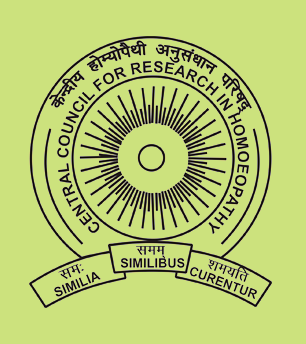Indian Journal of Research in Homoeopathy
Keywords
Homoeopathy, Lycopodium, Post void residual urine volume, Prostate weight, Prostatomegaly, Pulsatilla, Retrospective study
Article Type
Original Article
Abstract
Background: Prostatic enlargement (prostatomegaly) is a common condition in aging men which can be progressive and lead to acute urinary retention and ultimately need for surgery. Although clinical evidence of disease occurs less commonly, symptoms of prostatic obstruction are also age related and if untreated affect quality of life. Patients with huge prostatic enlargement mostly undergo surgical intervention. Objective: To assess the usefulness of homoeopathic medicines in patients with huge prostatomegaly, a clinical study was conducted at Gaurang Clinic and Centre for Homoeopathic Research, Lucknow, India. Materials and Methods: A total of 116 patients have been shortlisted with prostate weight above 50 g, out of which 61 were found fit for the study. The medicines have been selected on the basis of principles of Homoeopathy. Prostate weight and postvoid residual urine (PVRU) on ultrasonography were assessed before and after treatment. Results: After comparing pre- and post-treatment results, the difference in mean values of prostate weight and PVRU were 67.47 ± 2.78-60.15 ± 3.62 (P < 0.001) and 91.61 ± 11.91-65.94 ± 9.01 (P = 0.009), respectively, which were found statistically significant. Lycopodium (n = 21), Pulsatilla (n = 7), and Nux vomica (n = 3) were found to be most useful medicines. Conclusion: Results obtained from the study are encouraging with findings that almost 64% of patients reduced their prostatic weight significantly. However, such study with inclusion of more parameters is needed for further validation of the role of homoeopathic medicines.
Digital Object Identifier
10.4103/0974-7168.194323
Publisher
Wolters Kluwer India Pvt. Ltd.
How to cite this article
Gupta G, Singh S. Role of homoeopathic medicines in prostate enlargement: A retrospective observational study. Indian J Res Homoeopathy 2016;10:266-271. doi: 10.4103/0974-7168.194323



